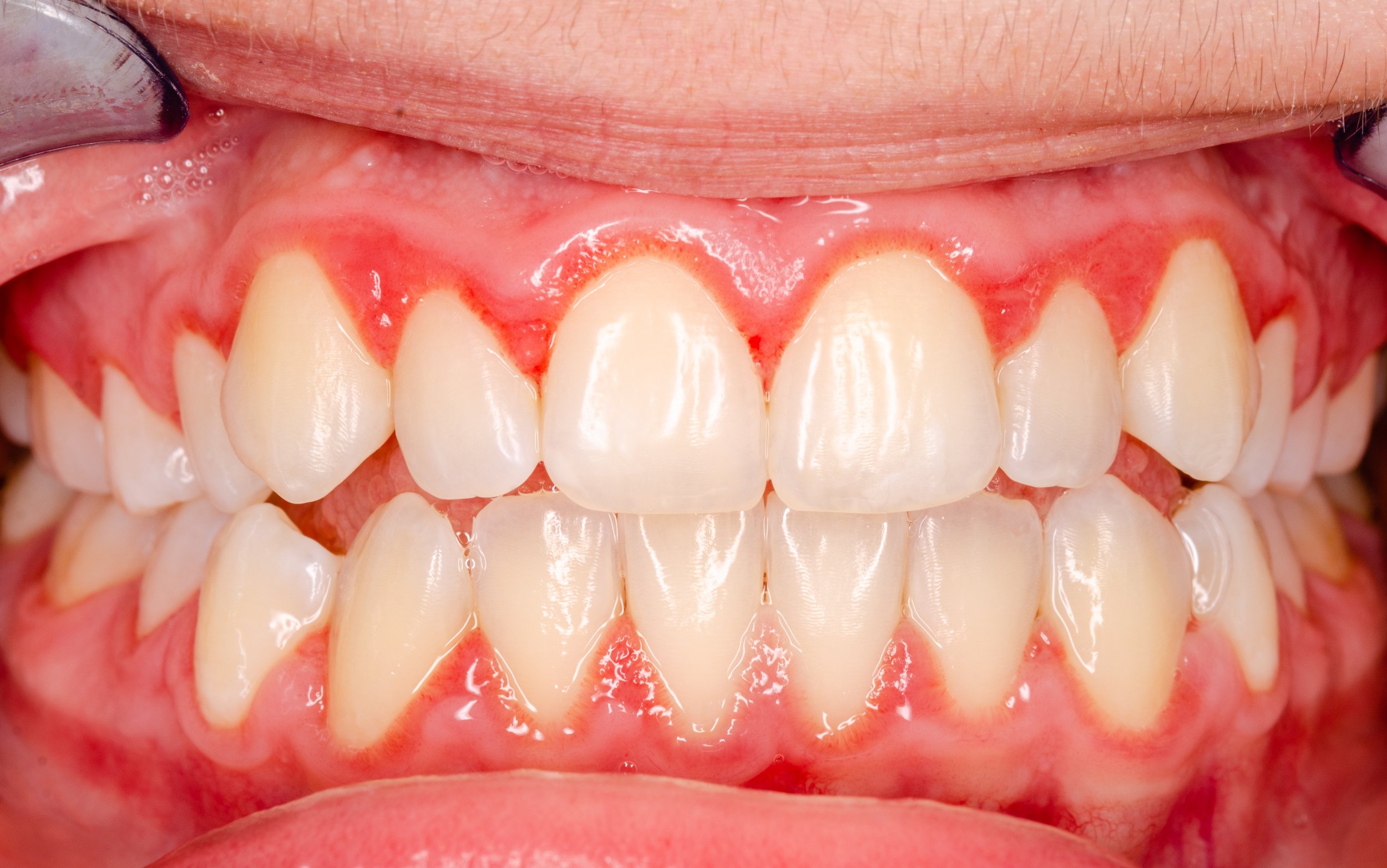From Bleeding Gums to Better Health: 4 Steps to Stop Inflammation
Do your gums bleed when you brush and floss? If so, it's a sign your body is dealing with inflammation. Gingivitis, an inflammation of the gums, is a common issue, but it's a clear signal to take your health seriously. This article will explain why bleeding gums happen and how to fix the root cause instead of just masking the symptoms.
Step 1: Clean Up Your Diet
Your diet plays a massive role in inflammation. To give your body the best chance to heal, focus on these dietary guidelines:
Emphasize: Meat, eggs, seafood, vegetables, healthy fats (avoiding seed oils), and whole fruits.
Limit: Grains
Eliminate/Drastically Reduce: Refined sugar (including fruit juices) – this is the biggest inflammation trigger.
Step 2: Understand the Problem
Simply brushing and flossing more won't solve bleeding gums if the underlying inflammation is not addressed. Inflammation needs to be dealt with systemically, and that's where steps 3 and 4 come in.
Step 3: Get Your Vitamin D Levels Checked
Optimal levels of Vitamin D are crucial for managing inflammation. Here's what to understand:
The "Normal" Range: 30-100 ng/ml is considered "normal," but these numbers don't tell the whole story.
Optimal Levels: Aim for at least 50, ideally in the 70s or 80s.
The Connection: Vitamin D is a steroid hormone that regulates inflammation. Low levels make it difficult for your body to fight inflammation, leading to issues like gingivitis.
Step 4: Boost Your Omega-3 Intake
Omega-3 fatty acids are another potent tool to fight inflammation. Here's the breakdown:
Why "Essential" Matters: Our bodies can't produce Omega-3s; we must get them from our diet.
Animal Sources: Primary source of Omega-3s, but our modern food supply is lacking
Supplementation is Often Necessary: Even if you eat animal products, supplementation may be needed.
Vegan Considerations: High-quality algae-based supplements provide DHA and EPA, crucial forms of Omega-3s.
How Long Does It Take?
Most people see improvement in a few weeks and significant results within a month. More severe cases might need 60+ days, depending on overall health. Remember, your body can heal itself when given the right tools!
If you're struggling with bleeding gums, it's time to take charge of your health. Implement these steps and see the difference for yourself.

